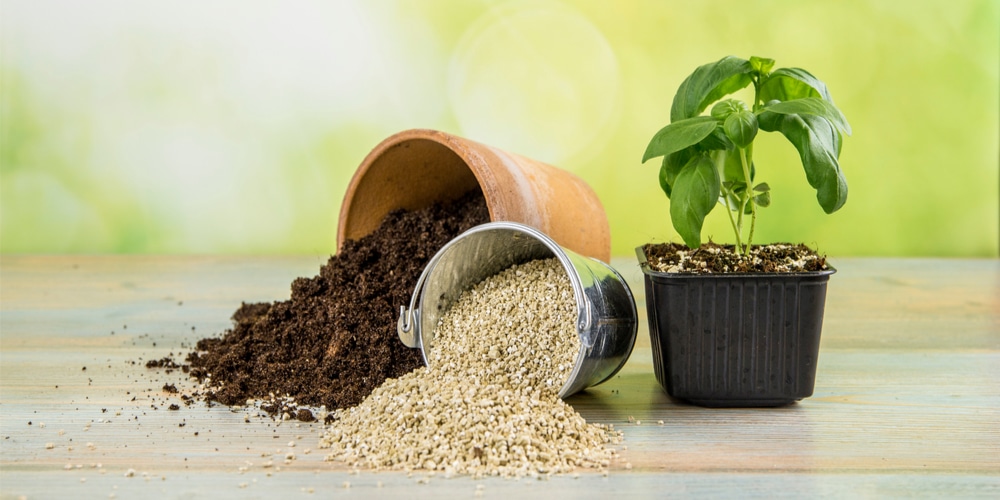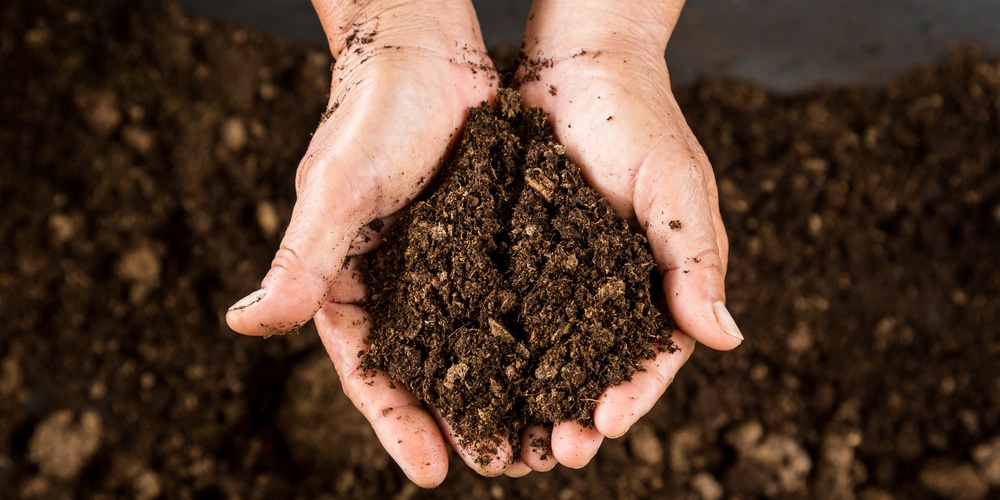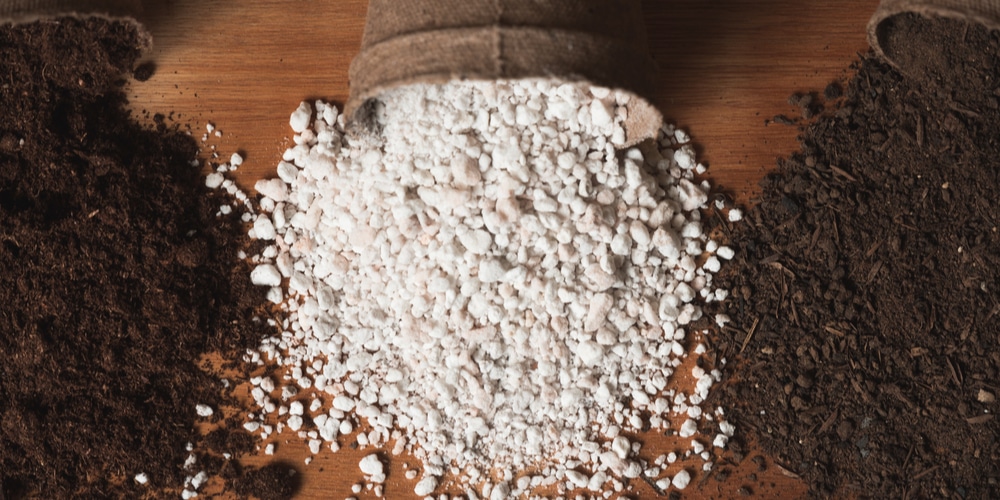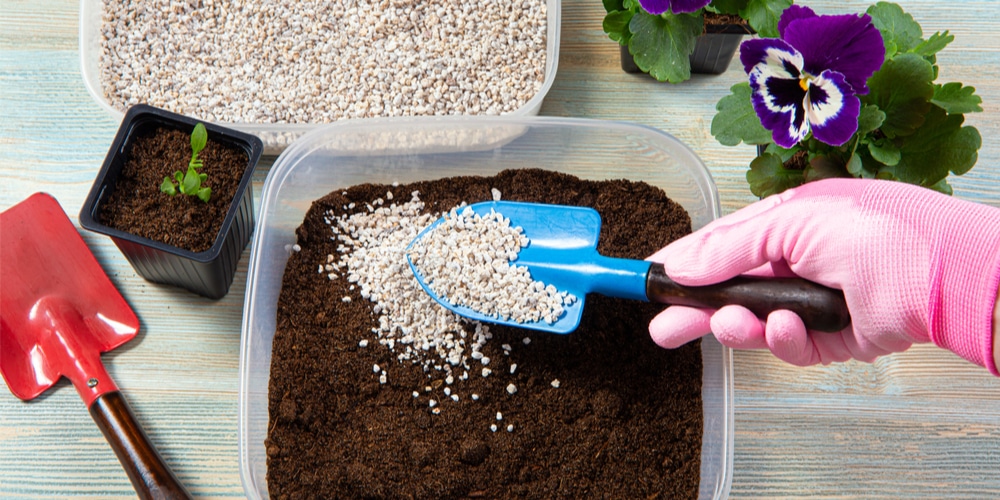If you are looking for to substitute vermiculite with an alternative, you have come to the right place. This blog post will provide a comprehensive list of substitutes that you can use in your next project.
Vermiculite is a popular mineral often used in horticulture and construction projects. However, it can be challenging to find and expensive. We have put together this list of substitutes that you can use instead!
What Are Vermiculite And What Are Its Uses
Vermiculite is a hydrous phyllosilicate mineral classified as a type of mica. It is usually gray, brown, or yellow and has a pearly luster. When heated, it expands and becomes very light and fluffy.
This property is what gives it the name “vermiculite,” which comes from the Latin word vermiculare, meaning “to breed worms.”
Vermiculite has a wide variety of uses due to its unique properties. One of the most common uses is as a soil amendment. The porous structure of vermiculite helps to aerate compacted soils and improve drainage.
Additionally, vermiculite can help hold onto water and nutrients, making it an ideal addition for gardens and potting mixes. It is also often used as insulation due to its ability to resist heat and fire.
Vermiculite can be added to concrete to lighten its weight and increase its insulation properties. And finally, vermiculite is sometimes used in constructing soundproofing panels.
Whether you’re looking to improve your garden’s drainage or reduce the weight of your concrete slab, vermiculite may be the perfect solution.
The Dangers Of Vermiculite

Vermiculite is a naturally occurring mineral that has been used in a variety of applications, including insulation and potting soil. While it has many beneficial properties, vermiculite can also be dangerous if inhaled. The soil can contain asbestos fibers, which can become airborne when the soil is disturbed.
Inhalation of these fibers can lead to serious health problems, including cancer. As a result, it is essential to take precautions when working with vermiculite and avoid unnecessarily disturbing the soil.
In addition, it is essential to wear a mask and respirator when handling the material. By taking these simple precautions, you can help to protect yourself from the dangers of vermiculite exposure.
Substitutes For Vermiculite
Vermiculite is a mineral that has traditionally been used in gardening and agriculture. Its main benefit is its ability to hold large quantities of water, making it ideal for potting mixes or as a top dressing for lawns.
However, vermiculite can be challenging to find and is not always environmentally friendly. As a result, many gardeners are looking for substitutes for vermiculite. Here are a few substitutes:
Peat

Peat moss is an excellent substitute for vermiculite. Peat moss is a much more renewable resource than vermiculite, and it has several other benefits as well. Peat moss is more absorbent than vermiculite, so it can help to keep your plants hydrated.
It also provides essential nutrients and helps to improve drainage. Peat moss is also less likely to compact over time, making it a better long-term solution for your garden. If you’re looking for a sustainable and effective way to improve your garden, peat moss is a great option.
Coir
Coconuts are a versatile fruit, providing everything from food and drink to fiber for ropes and mats. In recent years, coir, the fiber from coconut shells, has also gained popularity as a substitute for peat moss in potting mix and mulch.
Coir is a sustainable option since coconuts are a renewable resource, and it also has several advantages over peat moss. Coir is less acidic than peat moss, so it doesn’t need to be mixed with lime before use. It also holds more water than peat moss, making it ideal for plants that need lots of moisture.
In addition, coir breaks down slowly, so it lasts longer than peat moss as a mulch. As awareness of the environmental impact of peat moss grows, coir is likely to become an even more popular alternative.
Perlite
For anyone who enjoys gardening, the soil is essential. It provides nutrients and support for roots, but it also helps to regulate moisture levels and prevent weed growth.
However, soil can also be quickly eroded by wind and water, damaging plant life and making it difficult for new seedlings to root. One way to help prevent soil erosion is to use perlite as a substitute.
Perlite is a lightweight volcanic rock that can help hold the soil in place, and its porous structure helps to deflect wind and water. In addition, perlite can help slow down the flow of rainwater, giving the ground a chance to absorb the water before it runs off. As a result, using perlite can be an effective way to prevent soil erosion.
Sawdust
Sawdust is a by-product of woodworking, and it is relatively cheap and easy to obtain. In addition, it helps to improve drainage and aeration in much the same way as vermiculite.
The main downside of using sawdust is that it can tie up nutrients in the soil, making them unavailable to plants. For this reason, sawdust should be used sparingly, and it is best to mix it with other soil amendments such as compost or sand.
However, when used correctly, sawdust can be an effective and inexpensive way to improve the quality of your soil.
Substitute vermiculite: Conclusion
Vermiculite is a versatile material that has several uses in gardening and agriculture.
However, it can be challenging to find and is not always environmentally friendly. As a result, many gardeners are looking for substitutes for vermiculite. Peat moss, coir, perlite, and sawdust are all viable alternatives, and each has its advantages and disadvantages.
Ultimately, the best substitute for vermiculite will depend on your specific needs and preferences.


Peat is actually far worse than vermiculite.
To suggest that something which takes at least 1000 years to be replenished is “sustainable” is laughable.
It’s not.
And there’s a lot of carbon released into the atmosphere from harvesting peat, which is a carbon sink, which we are destroying.
As far as asbestos in vermiculite, the risk is actually very small.
The trace amounts of naturally occurring asbestos, while detectable, presents a very low risk to health.
There’s probably more risk of tripping and falling and hitting your head on the corner of the dresser and dying while getting out of bed, than any issues arising from the use of vermiculite.
The paranoia over use of vermiculite use because of asbestos stems from decades ago, where there was one mine in Libby Montana that was used for most of the world’s vermiculite, in which small amounts of naturally occuring (so much for “natural” being safe huh?) asbestos was found.
While small, it was determined the asbestos did present a risk, particularly in the industries such as insulation, where workers might be exposed daily to inhaling large amounts of dust.
They shut that mine down in 1990 as a result of that finding, and new sources are scrutinized more heavily.
All things considered, vermiculite is a better option, since peat is not a renewable or sustainable resource, and we really do need to wean ourselves off of it as a soil additive.
It’s horrible for the planet.